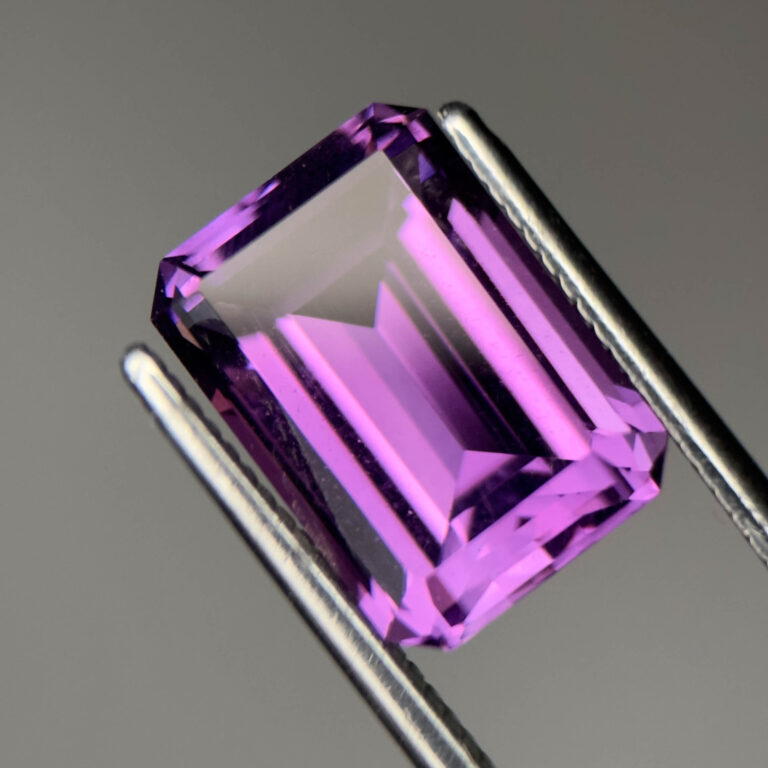Rose-Cut Diamonds and Gemstones – A Complete Expert Guide
There’s something unmistakable about the gentle glow of a rose-cut gemstone. It doesn’t shout, it whispers. To me, a rose cut is the old soul of diamond cuts – romantic, moody, and perfectly suited to candlelight. In an age where most diamonds compete to dazzle, a rose cut draws you in with quiet confidence. This guide blends history, gemological facts, and personal notes on where this cut truly shines – and where it might not.
A Brief History of the Rose Cut
Born in the 16th century, the rose cut became the height of fashion in the 17th, when candlelight ruled the night. Its name comes from the resemblance to a rosebud – a domed crown covered in triangular facets. This was a leap forward from the point cut and table cut of the late Middle Ages. By removing the pavilion and faceting the top, cutters created a gem that glimmered even in dim light. In Georgian England, brighter candles made diamonds sparkle more vividly, and the rose cut became the star of evening jewellery.
When diamond deposits were discovered in Brazil in the 18th century, rose cuts spread widely. By the mid-19th century, however, the brilliant cut was stealing the spotlight. Some collectors, like Harry Emanuel in 1865, still praised rose cuts for giving “the same amount of display” as brilliants at less than half the price. Today, rose cuts are experiencing a revival. Clean vintage stones are scarce enough that designers guard their finds. In my workshop, sourcing a perfect suite of rose cuts can take months, and losing a project for one still stings.
Anatomy and Variations
By definition, a rose-cut diamond has a flat base and a domed crown without a table facet. Most are circular or oval, but antique and modern lapidaries have explored many outlines. Historic types include Antwerp rose – 6 top facets + 6 around, Half Dutch rose – 6 top + 12 around, and Full Dutch rose (Brabant) – 6 top + 18 around for extra sparkle. Other variations include the single rose cut – one tier of facets – and the double rose cut – faceted top and bottom, like two roses joined, rare, deeper, and closer to a briolette in feel.
Rose cuts are shallow, meaning they sit low in settings, offer a larger face-up appearance for the weight, and historically were often foil-backed to enhance glow. Modern jewellers tend to leave them open-backed, embracing their subtle brilliance.
Why Choose a Rose Cut
Opting for a rose cut is a deliberate choice – one I see as choosing mood over flash. Antique elegance instantly evokes Georgian or Victorian jewellery. The shallow depth gives a larger face-up size for the carat. Their soft, romantic sparkle comes alive in candlelight and evening wear. Low-set stones are comfortable and less likely to snag. And perhaps most importantly, no two antique rose cuts are alike; even modern ones carry artisanal quirks. I think of it this way: modern brilliants are stage lights, rose cuts are firelight. Both beautiful, but one invites you closer.
Drawbacks and Considerations
Rose cuts aren’t for everyone. Fewer facets and no pavilion mean less fire than a brilliant, making them more subtle in bright light. Inclusions are more visible, as they aren’t hidden by busy facet patterns. Large, clean antique examples are rare, and custom cutting can be costly. Their appeal is niche compared to modern rounds, so resale options are more limited. But if you value vintage character, these traits become part of the personality.
Best Gemstones for Rose Cuts
While diamonds define the style, many other gems thrive in it. Diamonds – traditional white, champagne, or salt-and-pepper – offer the classic or bohemian look. Lab-grown diamonds give size and availability without antique scarcity. Moissanite, with its high refractive index, gives more life to the rose cut than most coloured stones. Moonstone and labradorite benefit from the broad facets that play with light. Sapphires, spinels, and garnets, especially translucent material, display colour and internal patterns beautifully. For coloured stones, look to India and Thailand for rose-cut slices – unique, affordable, and full of character.
Why Rose Cuts Can Cost More Today
Historically budget-friendly, rose cuts can now command premiums due to antique value, supply limits, cutting challenges, and designer demand. Age and provenance add to price. Fewer cutters specialise in them. The cut requires specific rough and skill to make lively. And both high-end and independent jewellers seek them for distinctive pieces. From experience, sourcing matched rose cuts for a project can be as much about patience as budget.
Buying Checklist
Check the height and dome – avoid overly flat stones that lack life. For matching pairs, ensure outlines and dome heights align. Examine clarity closely, especially in diamonds, since inclusions are more visible. Decide whether to keep or remove foil backs in antique pieces. Choose a protective setting, such as a bezel or secure prongs, to protect the thin girdle. For significant diamonds, certification confirms identity and treatment. Finally, embrace quirks – asymmetry can be part of the charm.
Modern Shapes and Creative Uses
Beyond the round, rose cuts come in oval and pear shapes that elongate and flatter. Hexagon, kite, and shield cuts blend geometric modernism with antique charm. Cushion and old mine shapes combine two vintage styles. Mixed cuts, with rose-cut centres and brilliant halos, create dramatic contrast. One-of-a-kind shapes appear often, and if a stone speaks to you, it’s worth acting quickly.
Final Thoughts
A rose cut is a time capsule in gemstone form. It carries centuries of craft yet fits seamlessly into modern design. For me, it’s a cut that rewards those who slow down to appreciate nuance. If you want a stone that tells a story in soft glints rather than flashes, the rose cut might be your match. Choose it for the right reasons – not because it’s trendy or rare, but because its gentle light feels like yours.
